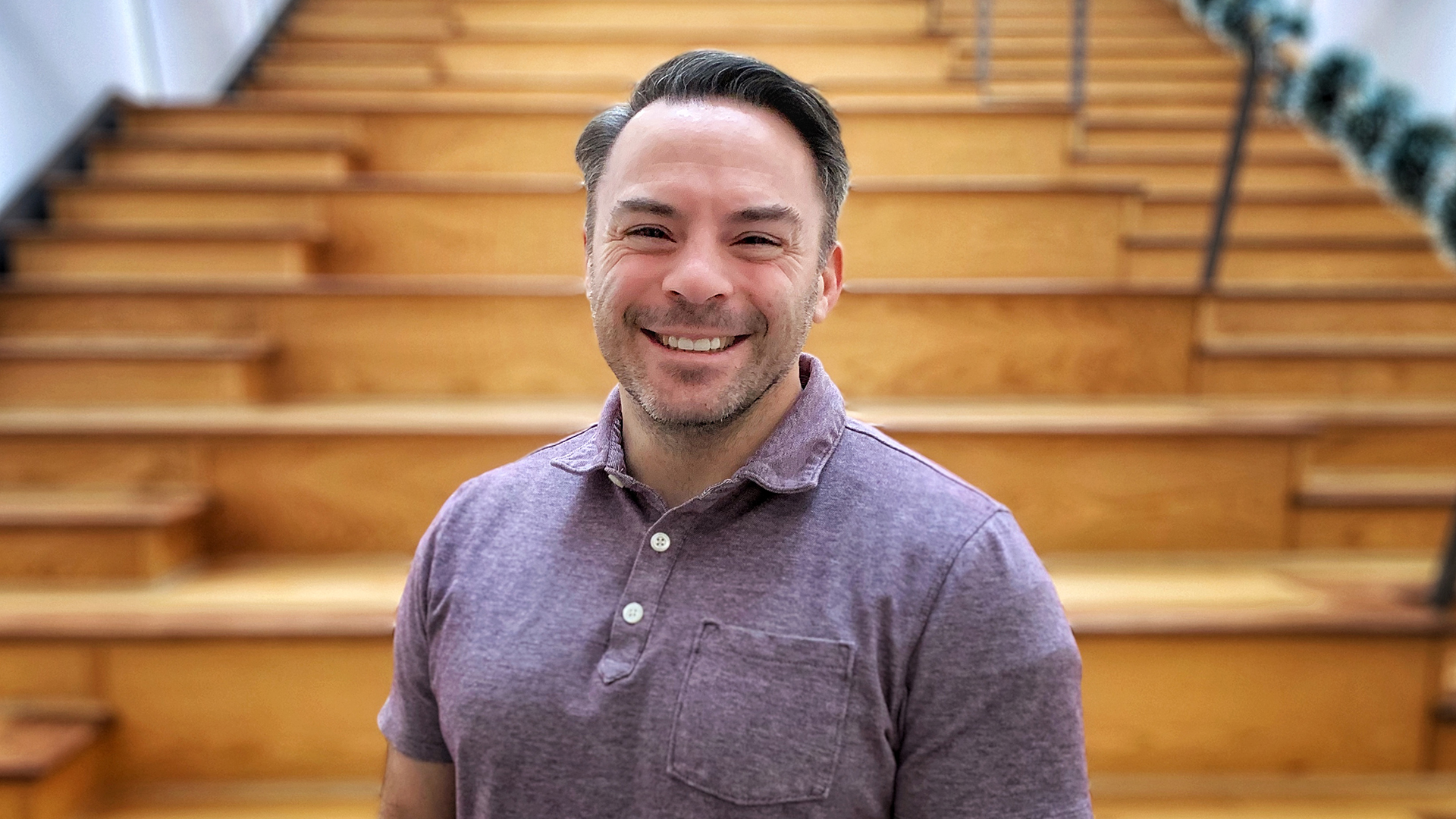Families are partners in clinic research
Tamara Vineberg and Judith Chrystal - 3 April 2020

Where do research ideas originate? Typically, a university faculty member comes up with an idea based on their area of interest and approaches other colleagues to participate in the project. They receive a grant, complete the research and write a paper. Geoff Ball is trying a different approach at the Northeast Community Health Centre by asking patient families what they think the researchers should focus on.
Ball, a professor in the Division of General and Community Pediatrics, and Andrea Eaton, an M.Sc. student, are actively engaging the centre’s patient base, composed of a substantial proportion of new Canadians from immigrant and refugee backgrounds as well as lower income families. “These groups are generally under-researched. We need to learn a little more about people who have limited means or are new to Canada. What are their issues? What are things that they struggle with? How can we as researchers do a better job of meeting those needs or filling those gaps?” asks Ball.
In order to elicit these interests, Eaton has been surveying the families. Ball’s experience in past research is that family recruitment can be the biggest challenge to get a project started. They have discovered, however, that families are very willing to participate in this project. Eaton has recruited 44 families and one healthcare provider, out of the goal of 125 participants, within only a few weeks. “I have been explaining to families that the research results will encourage future researchers to focus on topics that are important to those who actually use the clinic,” says Eaton, underscoring Ball’s motivation to pursue this approach. Ball also hopes that gathering topics of interest to families will result in more research ideas and opportunities than they would have generated previously.
What research topics are families interested in? Eaton’s initial review of the surveys revealed families are mentioning a variety of areas, including mental health, nutrition, and screen time.
He’s hoping they will have all the response data collected by the end of the year. Once they have sorted through this, they will merge similar topics and then rank the issues with the help of participants. Healthcare professionals and managers who work at the centre are also contributing.
They will go back to the families to narrow down the scope of topics to compile a top 10 list of research priorities. Once they have this list, they can approach other researchers to collaborate on these projects. “The bigger goal is to try to engage other scientists, and other people in research, to study and understand populations,” says Ball.
In the past, families might not have understood the significance of medical research and why it was important for them to participate. They may not be aware that research papers can change policies, influence clinical practice and advance new treatments. They most likely felt they didn’t have a vested interest in research.
This project is giving some control over to the participants and fits into the Canadian Institutes of Health Research strategy for patient-oriented research, The central tenet is putting patients first and at the centre of the discussion on health, including them as active partners. “Historically, as scientists, we haven't done a really good job of communicating with research participants. How do you get people, who don’t have a stake in the research, interested in the project? That's a tough thing to do,” says Ball. “It makes a difference to know why we want to do this research and that families are also really interested in an issue.”
Eaton’s work on this project is funded by the Patient and Community Engagement Training Program through the generous support of the Stollery Children's Hospital Foundation through the Women and Children’s Health Research Institute.